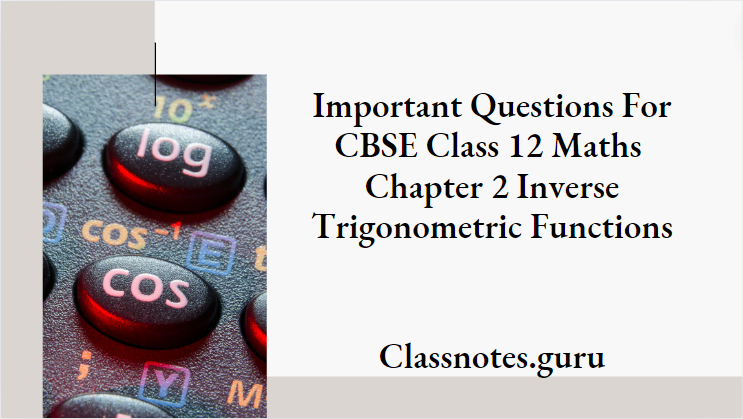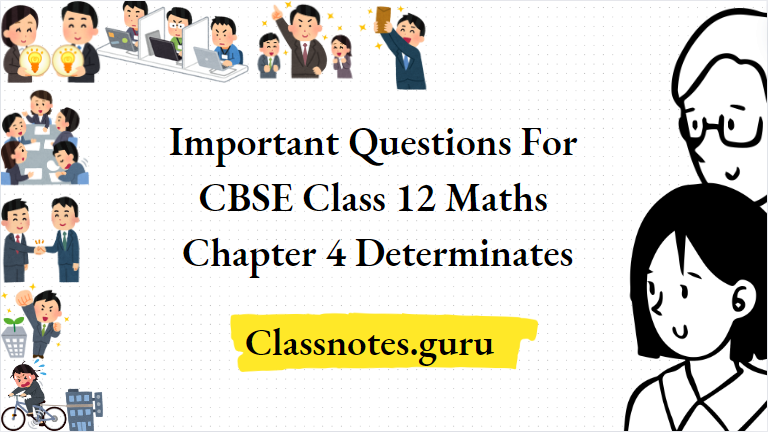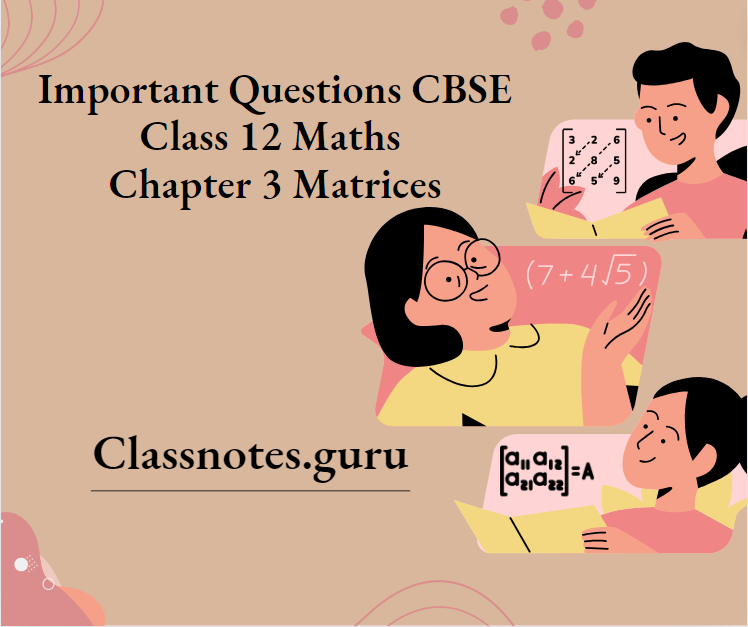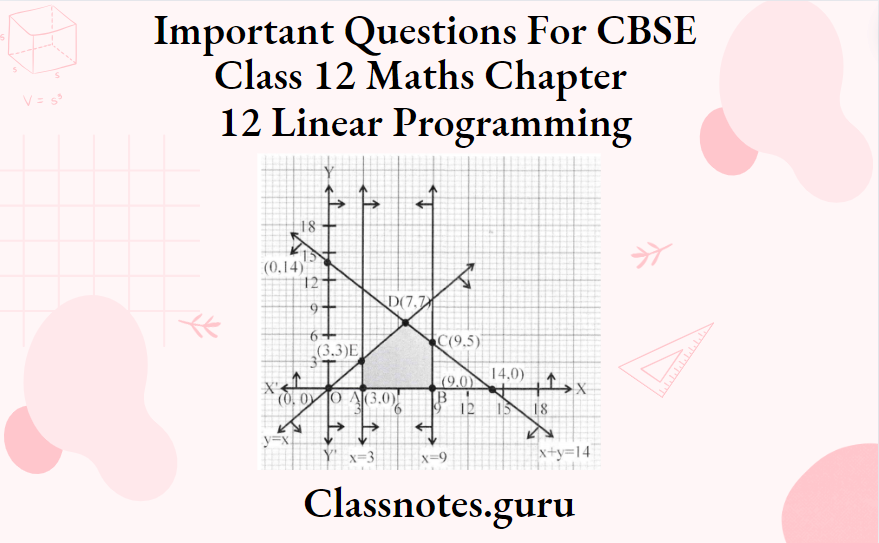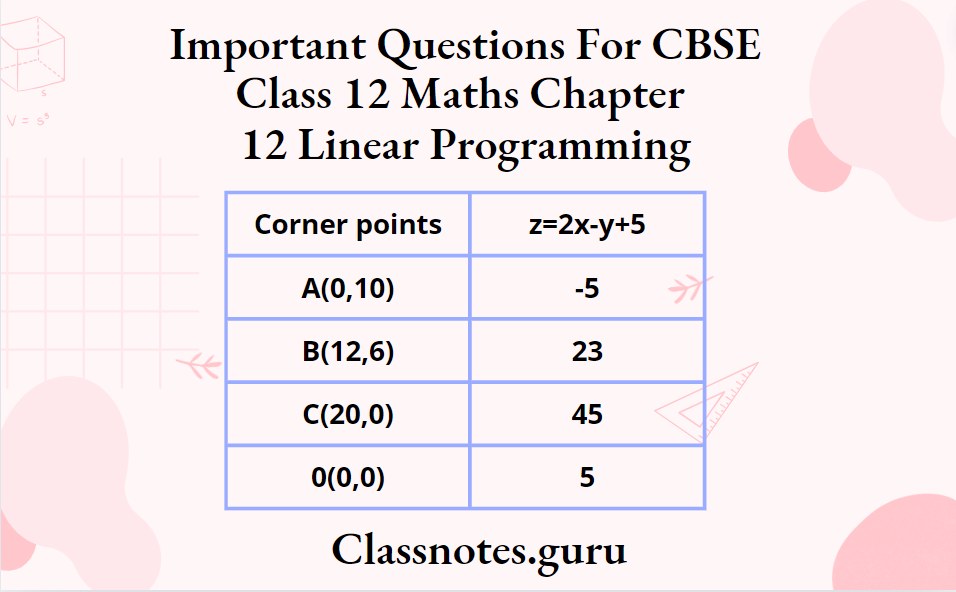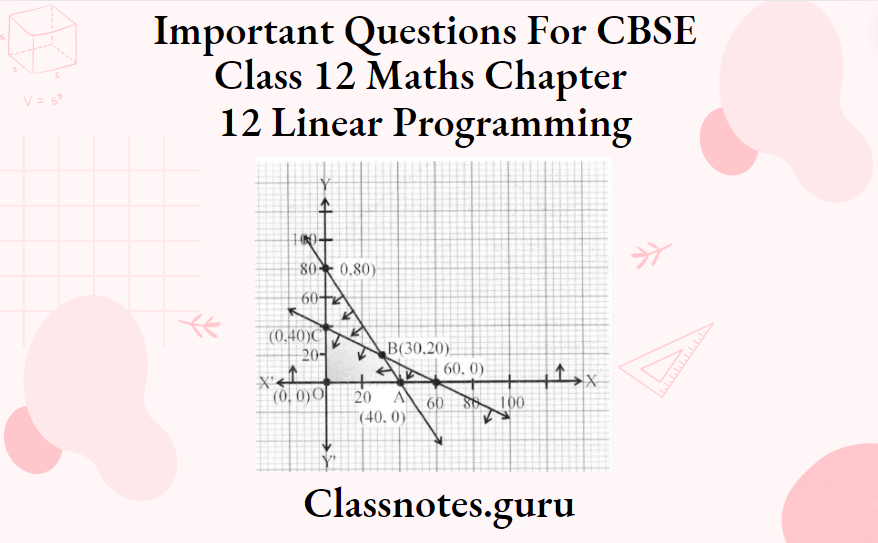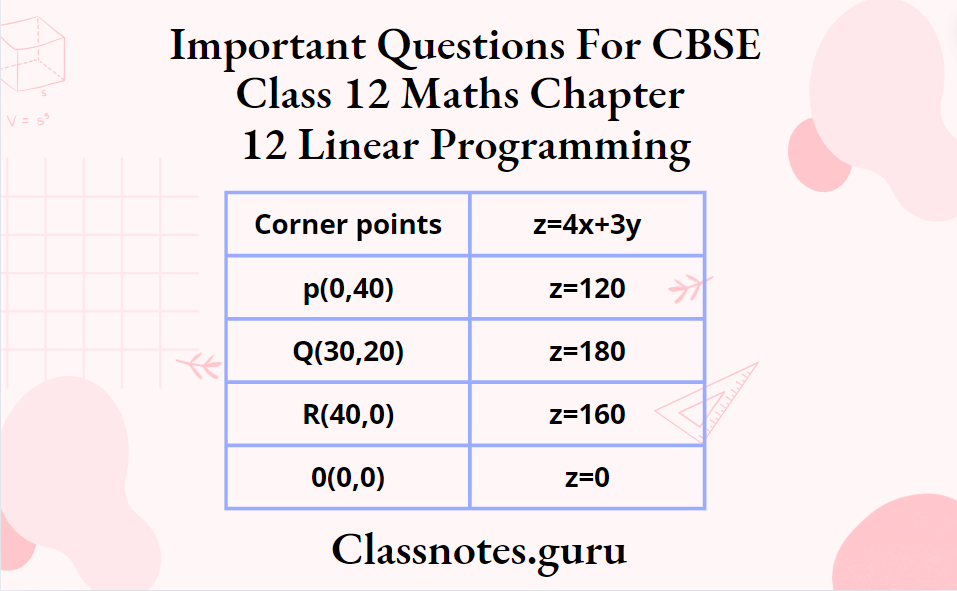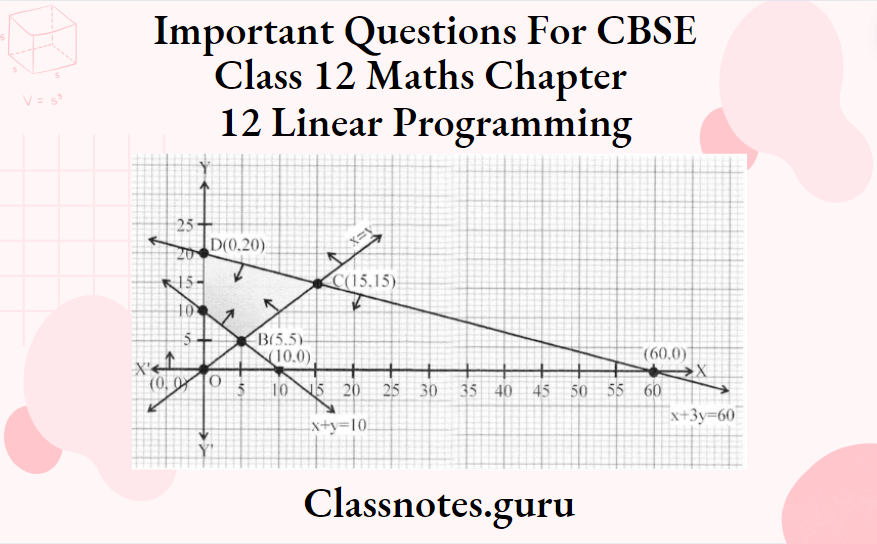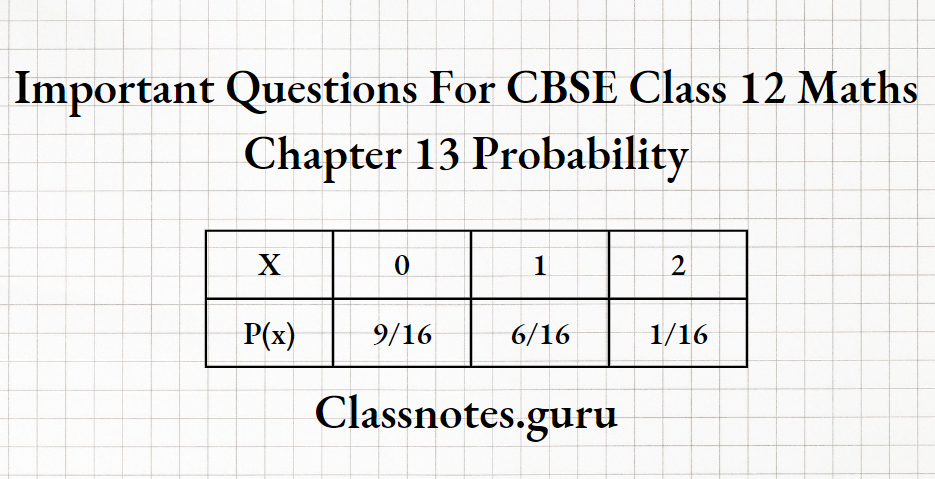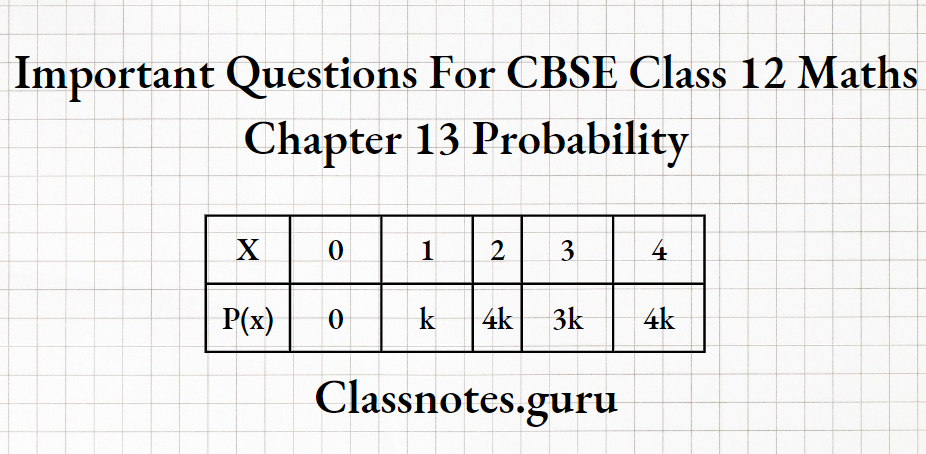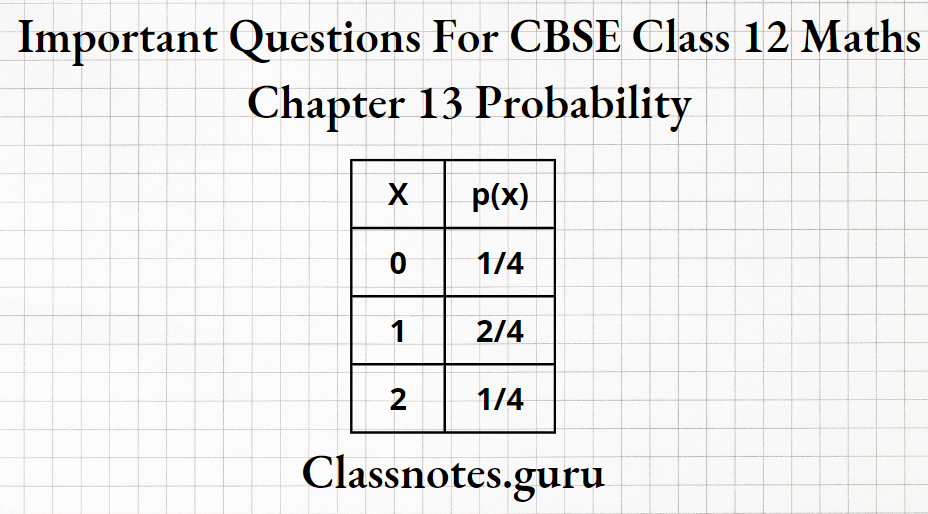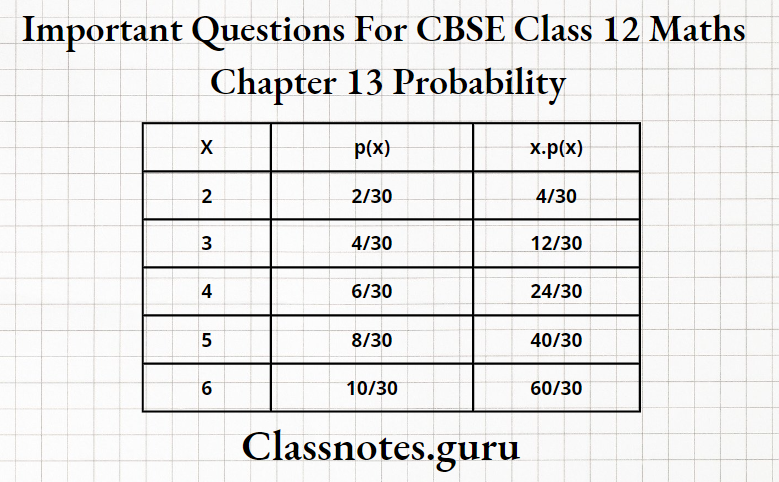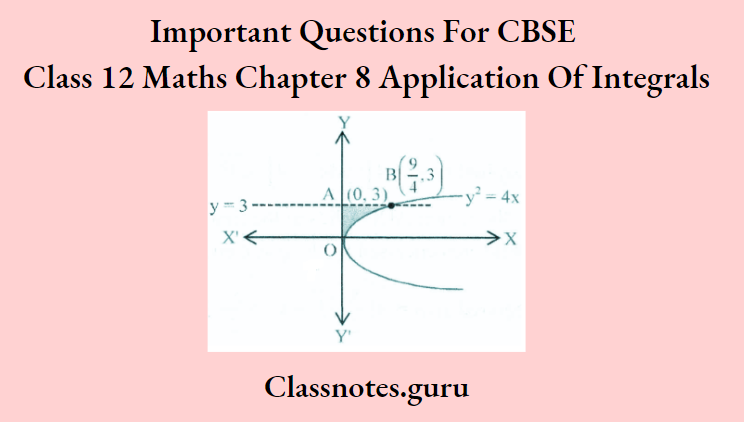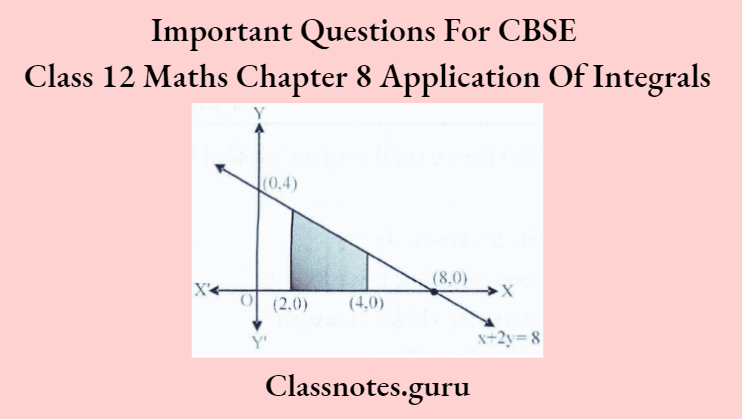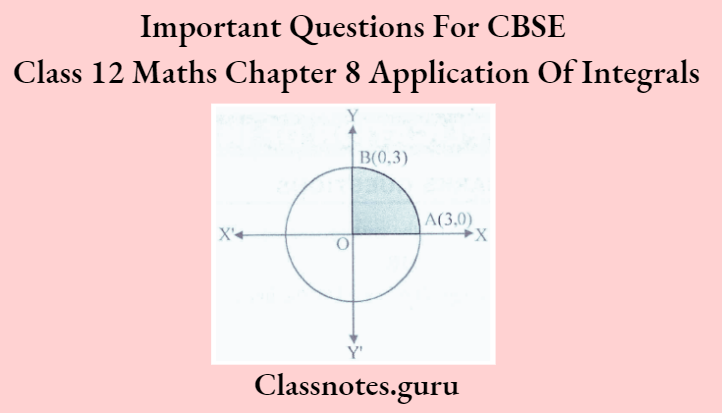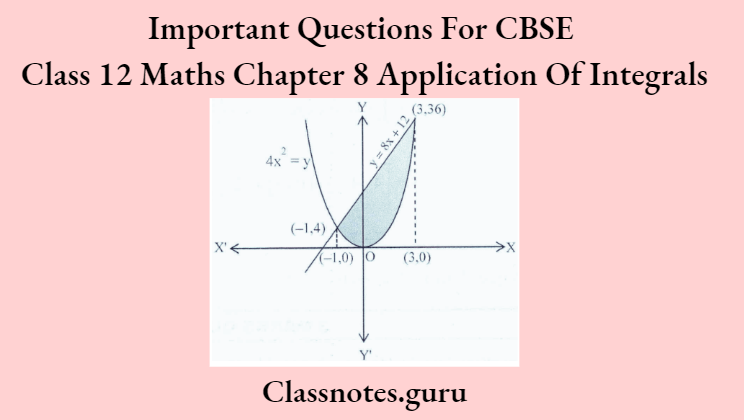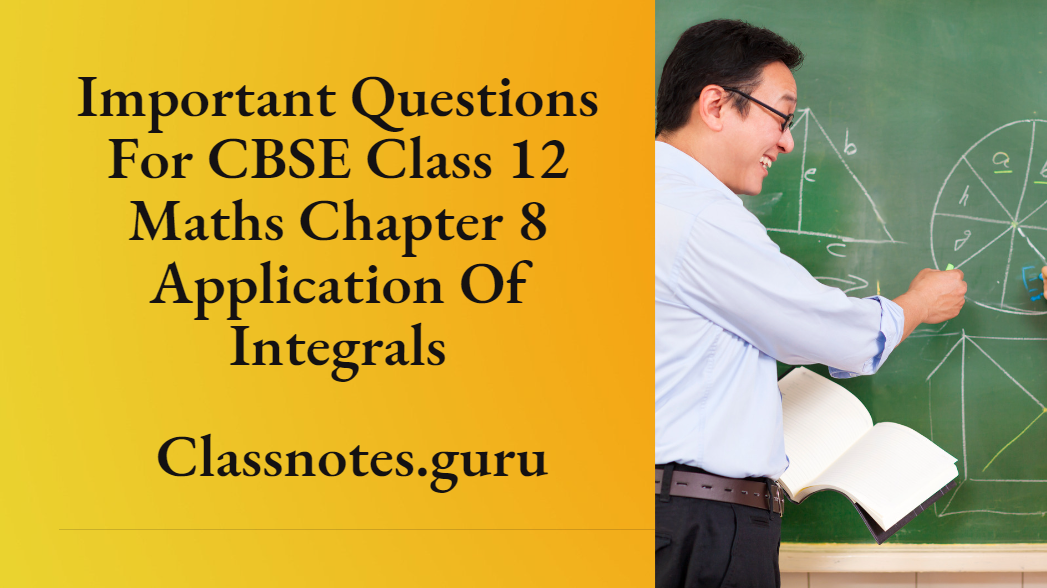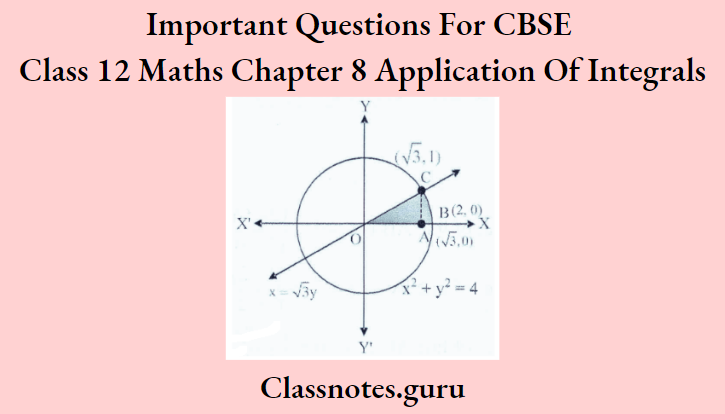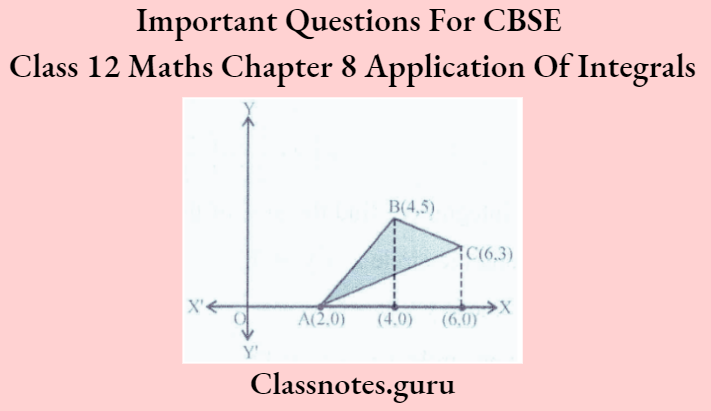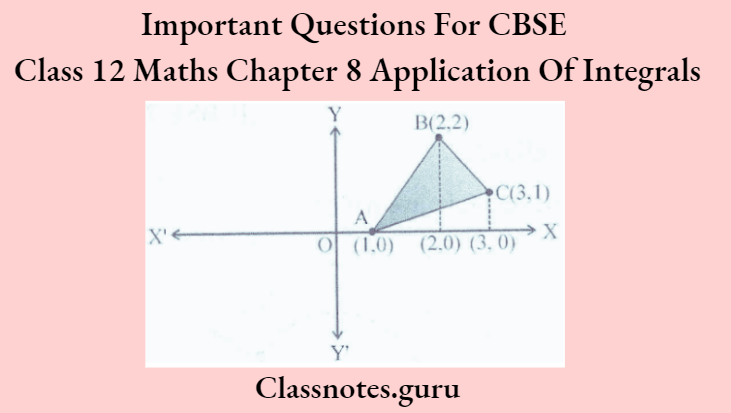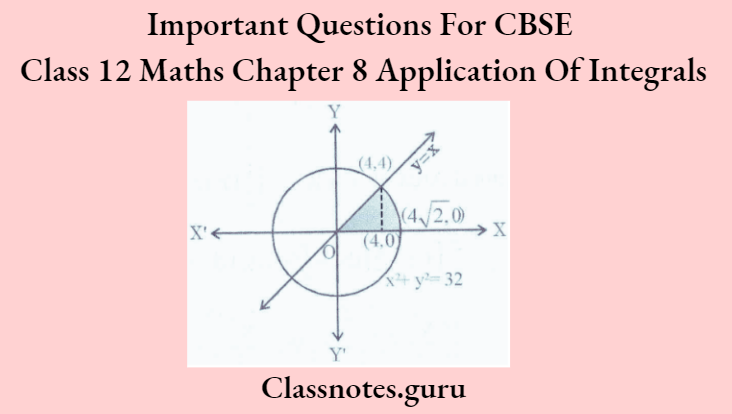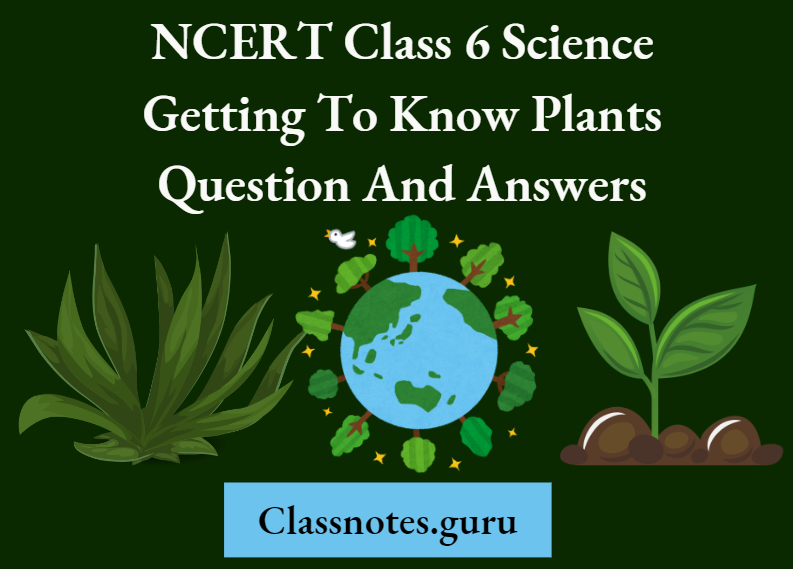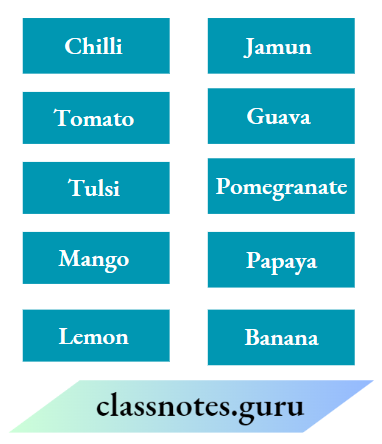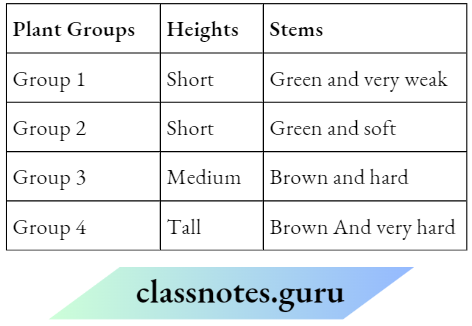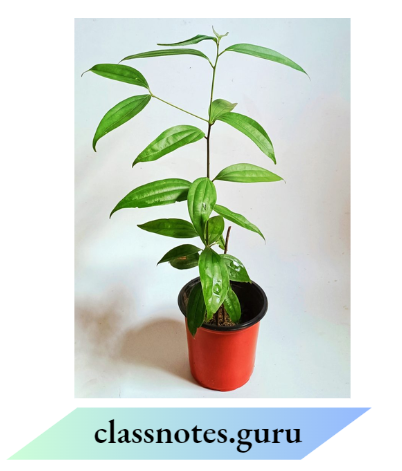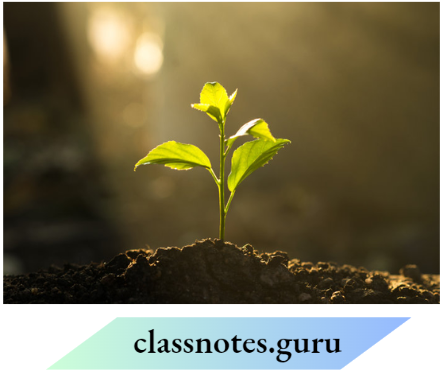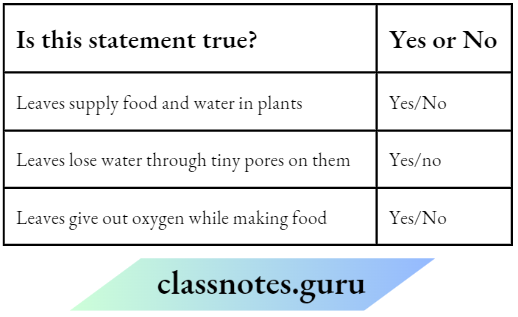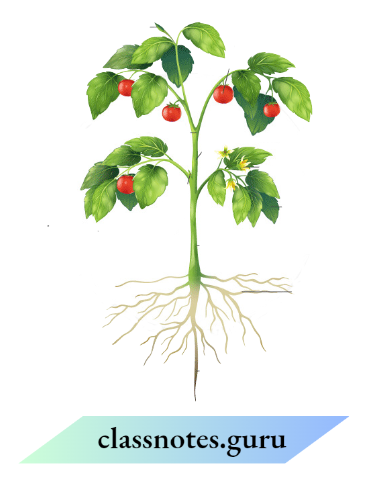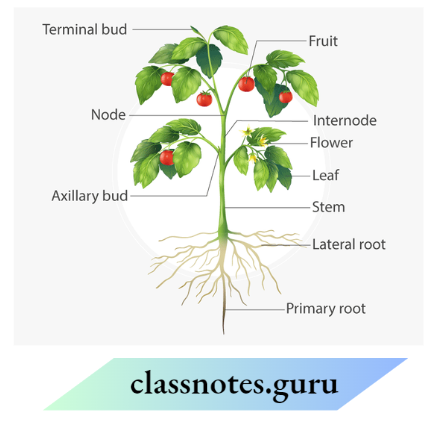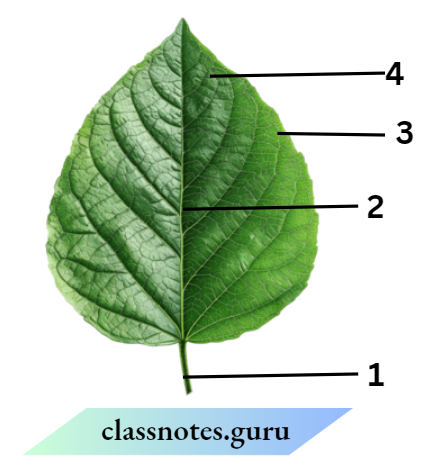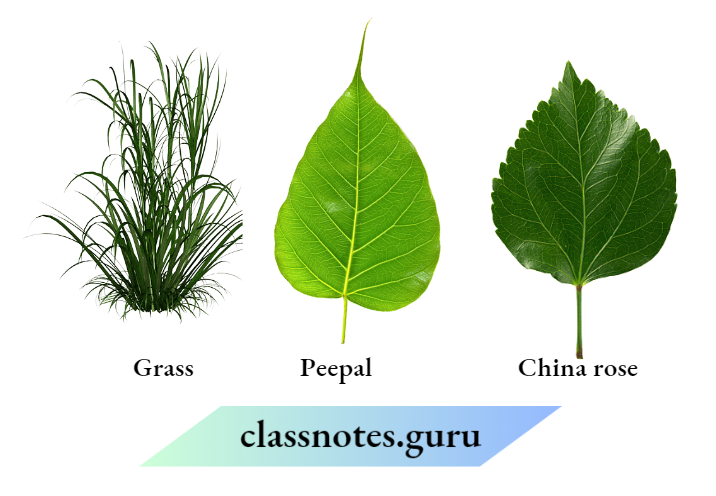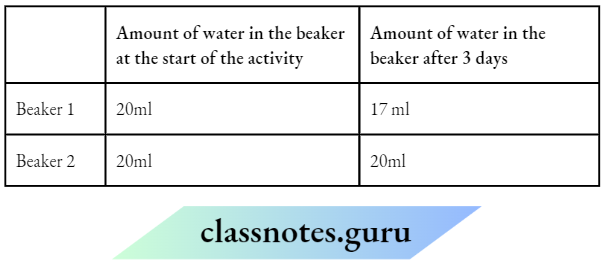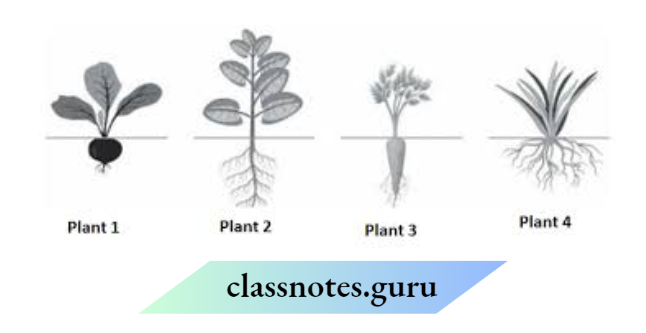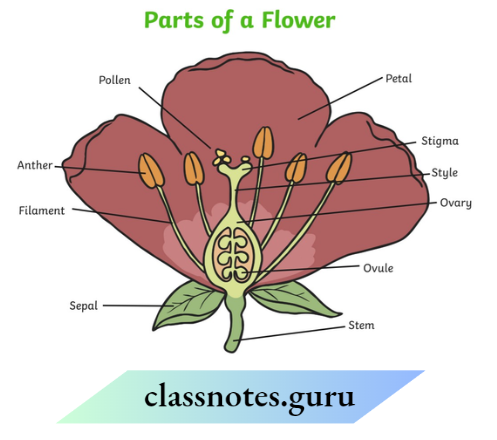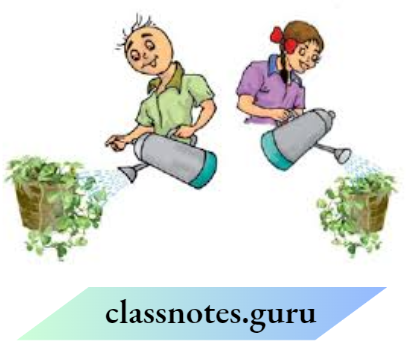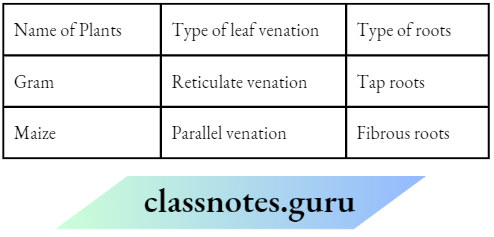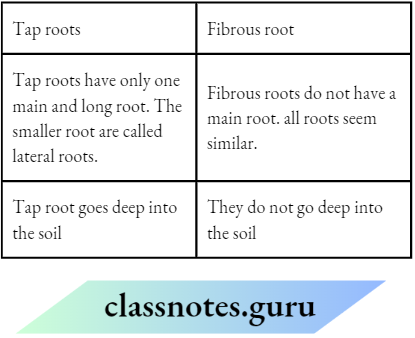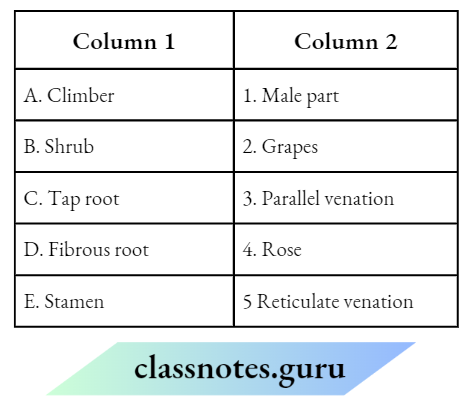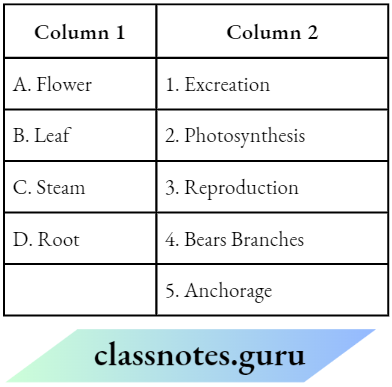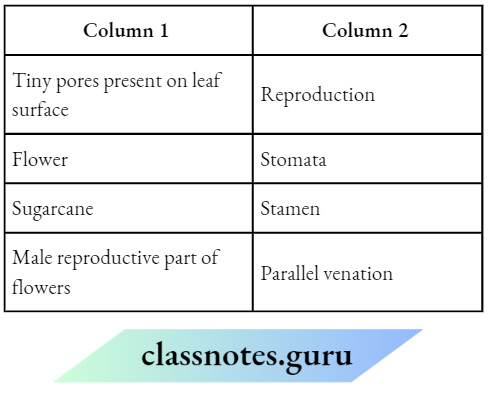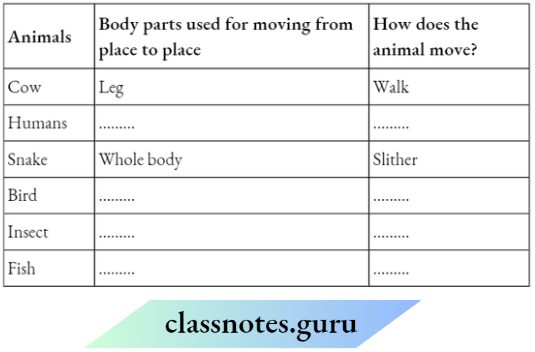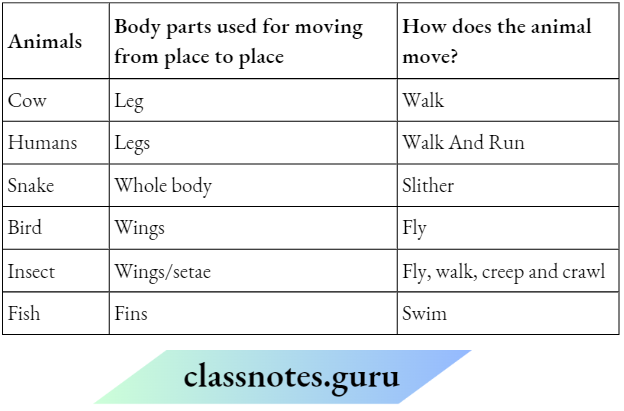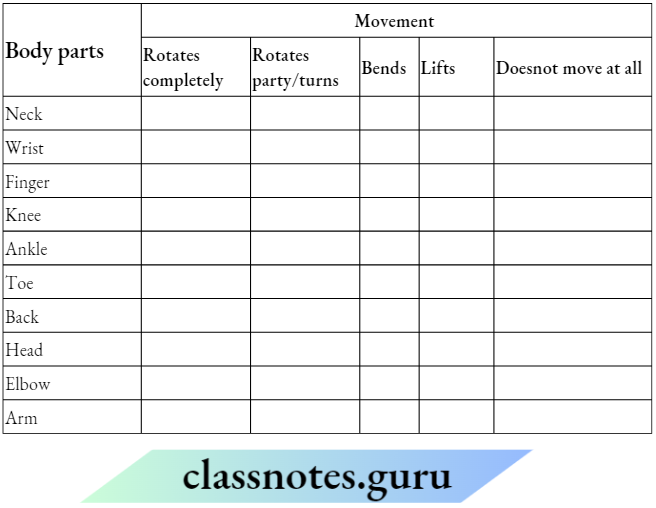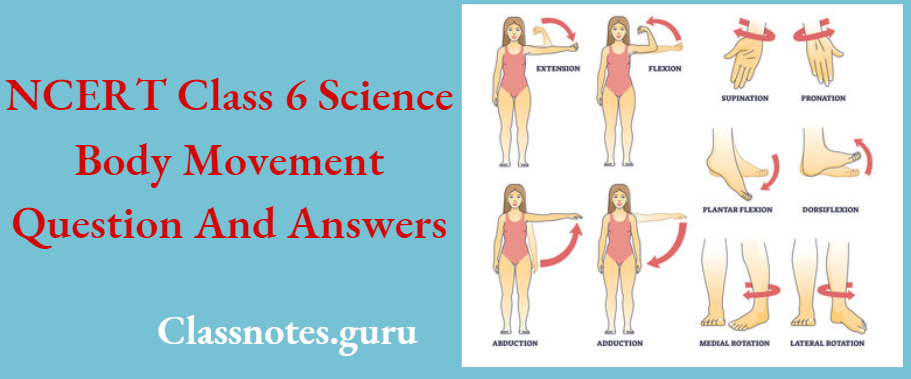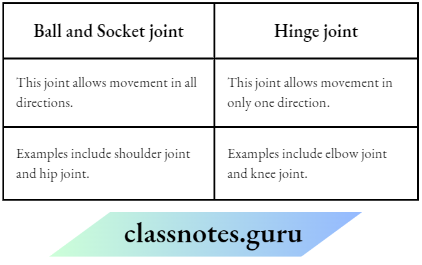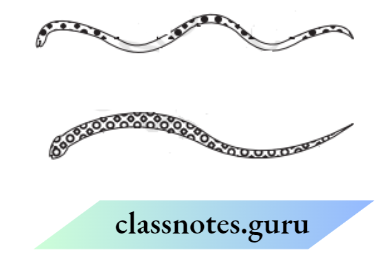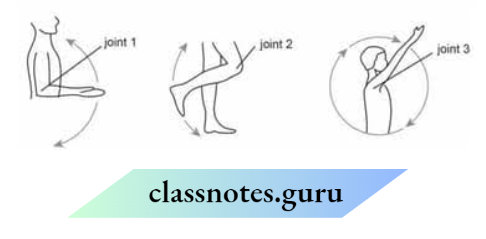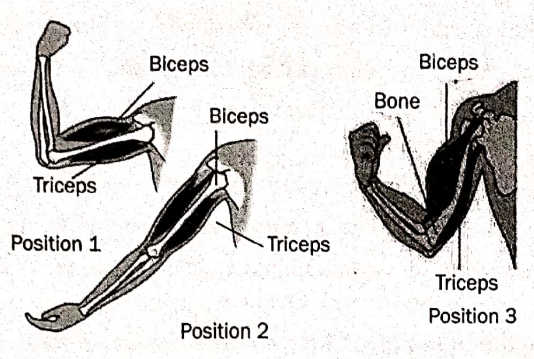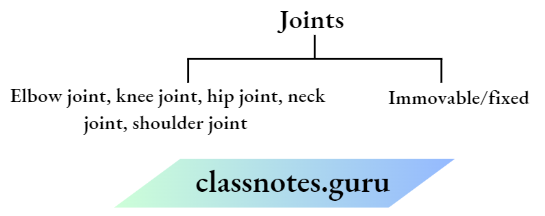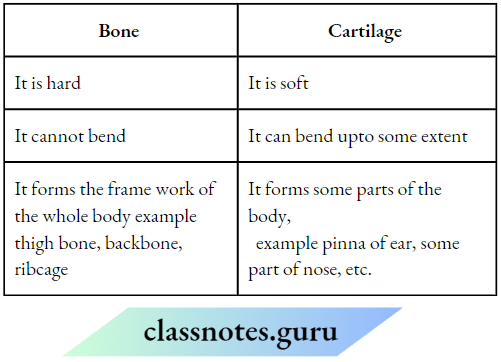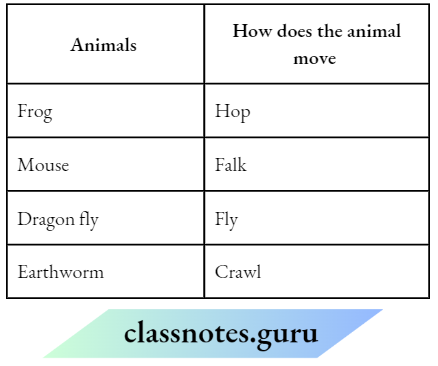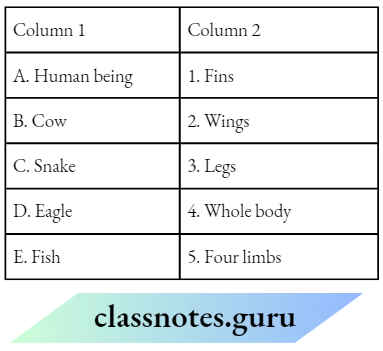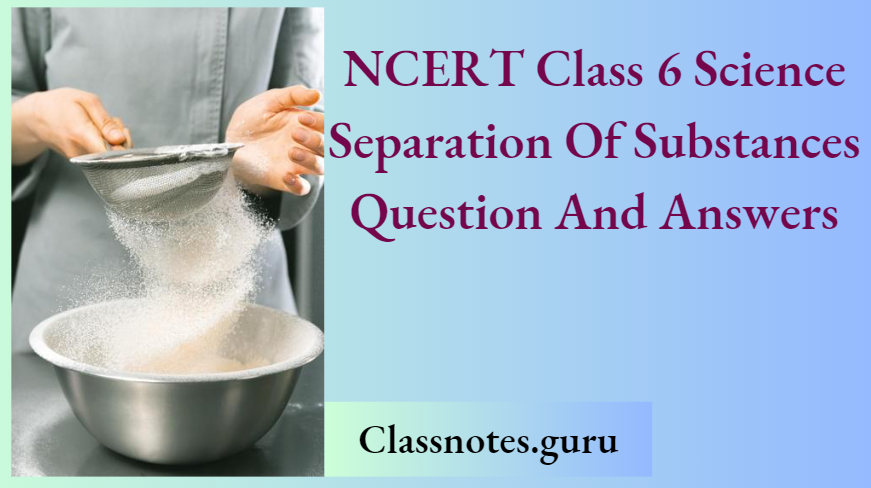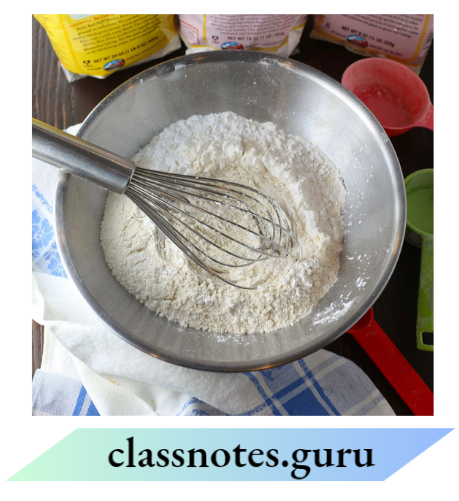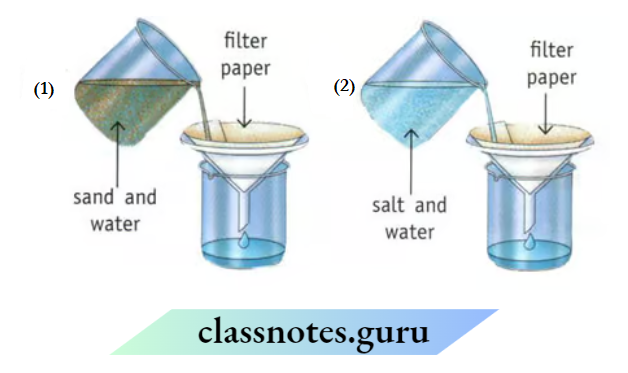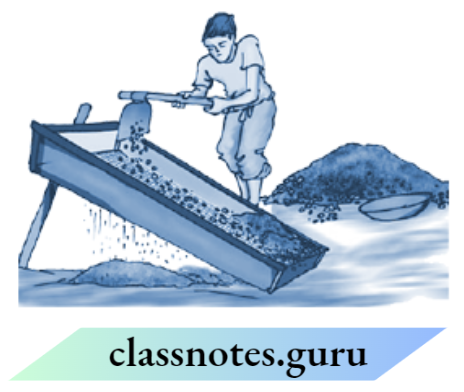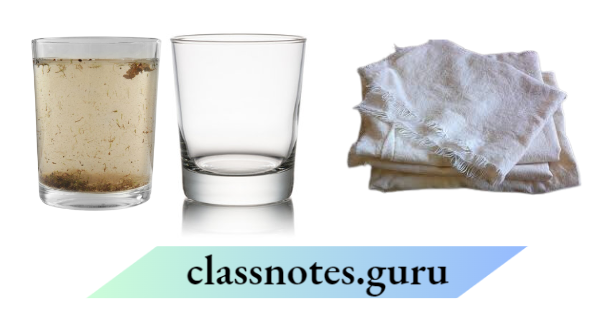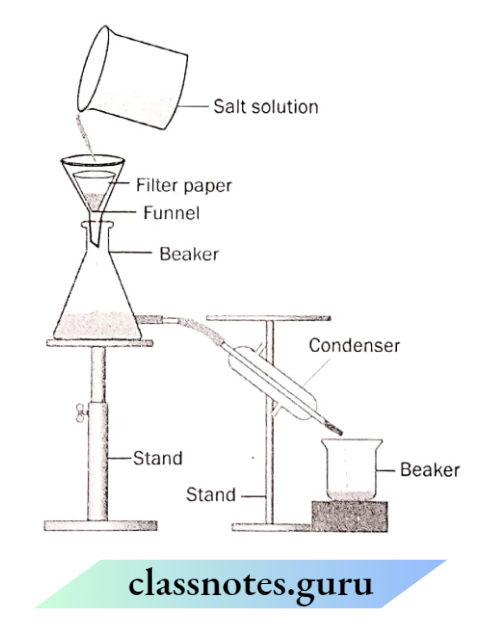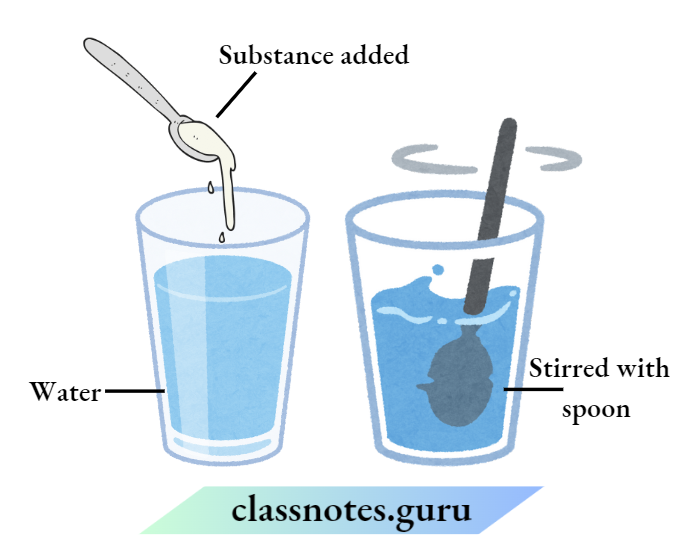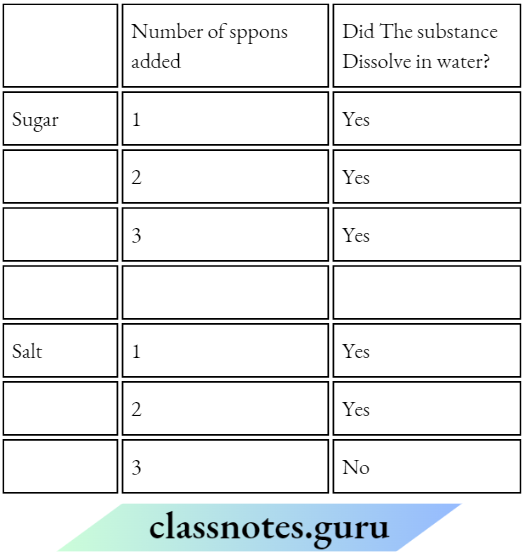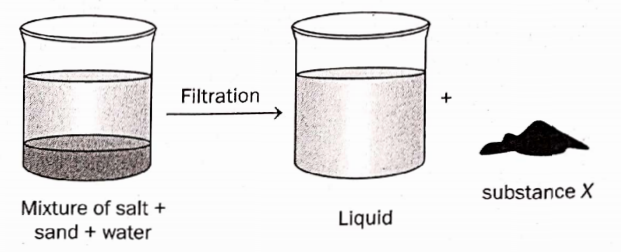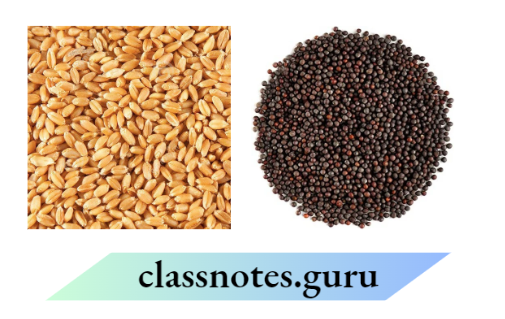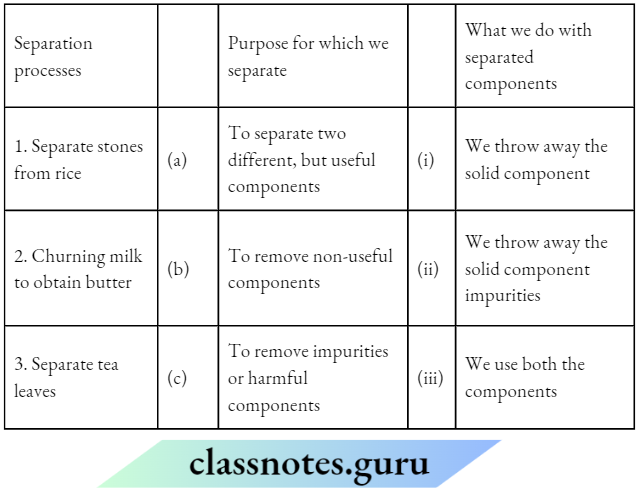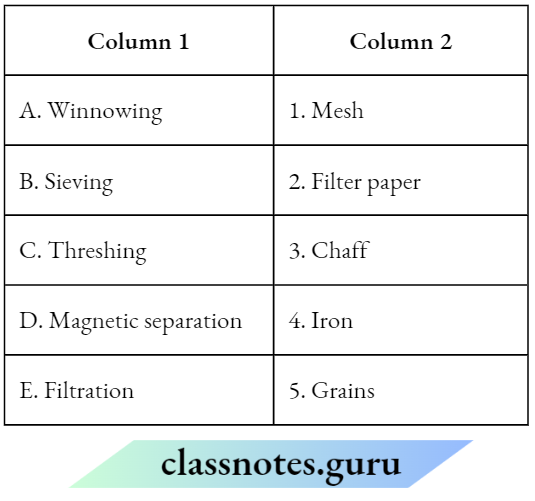CBSE Class 12 Maths Chapter 1 Important Questions: Key Concepts and Solutions
Overview of Chapter 1 Relations And Functions
Chapter 1 of CBSE Class 12 Maths covers essential concepts such as relations and functions. Understanding these topics is crucial for solving problems effectively.
CBSE Class 12 Maths Chapter 1 Relations And Functions Important Questions
Question 1. Let set X = {1, 2, 3} and a relation R is defined in X as R = {(1, 3), (2, 2), (3,2)}, then minimum ordered pairs which should be added in relation R to make it reflexive and symmetric are:
- {(1,1), (2. 3), (1,2)}
- {(3, 3), (3, 1), (1,2)}
- {(1, 1), (3, 3), (3. 1), (2, 3)}
- {(1,1), (3, 3), (3, 1), (1,2)}
Solution: 3. {(1, 1), (3, 3), (3. 1), (2, 3)}
Given, R= {(1,3), (2,2), (3,2)} on set X = {1.2, 3}
Then: if R is reflexive and symmetric, then R= {(1, 1), (2, 2), (3, 3), (1,3), (3, 2), (3, 1), (2, 3)}
Hence: the ordered pairs to be added are: {(1, 1), (3, 3), (3, 1), (2, 3)}
Read and Learn More CBSE Class 12 Maths Important Question and Answers
CBSE Class 12 Maths Chapter 1 Important Question 2. If R = {(x, y); x, y ∈ Z, x² + y² ≤ 4} is a relation in set Z. then the domain of R is :
- {0, 1,2}
- {-2,-1, 0, 1,2}
- {0,-1,-2}
- {-1,0, 1}
Solution: 2. {-2,-1, 0, 1,2}
Given: R = {(x, y) : x, y ∈ Z, x² + y² ≤ 4} is a relation in set Z.
Hence: according to the given relation.
Domain of R= {-2, —1, 0. 1.2}

Important Questions For Class 12 Maths Chapter 1
Question 3. Let X = {x²: x ∈ N} and the function f: N →X is defined by f(x) = x², x ∈ N. Then, this function is :
- Injective only
- Not objective
- Surjective only
- Bijective
Solution: 4. Bijective
f(x) = x²; x ∈ N; f : N → X where X = {x²: x ∈ N}
Now; f(x1) = f(x2)
⇒ x²1 = x²2
⇒ (x1 + x2) (x1 – x2) = 0
Now : x1 + x2 ≠ 0 (x1,x2 ∈ N)
⇒ x1 – x2 = 0 ⇒ x1 = x2
Hence; f is one-one.
Let y = f(x) ⇒ y = x²
⇒ x = √y
∀ y ∈ X, there exists x ∈ N
Hence, every element of the co-domain has pre-images in the domain.
⇒ Range = Co-domain
∴ f is onto.
∴ The given function is bijective.
Relations And Functions Class 12 Important Questions
Question 4. A function f: R → R defined by f(x) = 2 + x² is :
- Not one-one
- One-one
- Not onto
- Neither one-one nor onto
Solution: 4. Neither one-one nor onto
f(x) = 2 + x² f: R → R
One-one: Let x1 and x2 ∈ R such that
f(x1) = f(x2) => x²1 + 2 = x²2 = 2
⇒ x1 = ±x2 ⇒ f is not one-one
Onto: Let y = f(x) ⇒ y = x² + 2 ⇒ x \(=\sqrt{y-I} \in R\)
∴ y – 2 ≥ 0 ⇒ y ≥ 2 ⇒ y ∈ R [2, ∞)
Range 5≠ co-domain
Also: f is not onto as there is no pre-image for negative real numbers.
Hence; f is neither one-one nor onto.
Question 5. Write the smallest reflexive relation on set A = {a, b, c}.
Solution:
For reflexive relation, each and every element of the given set must be related to itself, at least i.e. the smallest reflexive relation on set A will be {(a, a), (b, b), (c, c)}.
Class 12 Maths Chapter 1 Important Questions With Solutions
Question 6. If f = {(1.2), (2, 4), (3, 1), (4, k)} is a one-one function from set A to A, where A = {1, 2, 3, 4}; then find the value of k.
Solution:
In a one-on-one function, different elements must have different images. So, according to the given function, f = {(1,2), (2. 4), (3, 1), (4, k)}, the value of k must be 3.
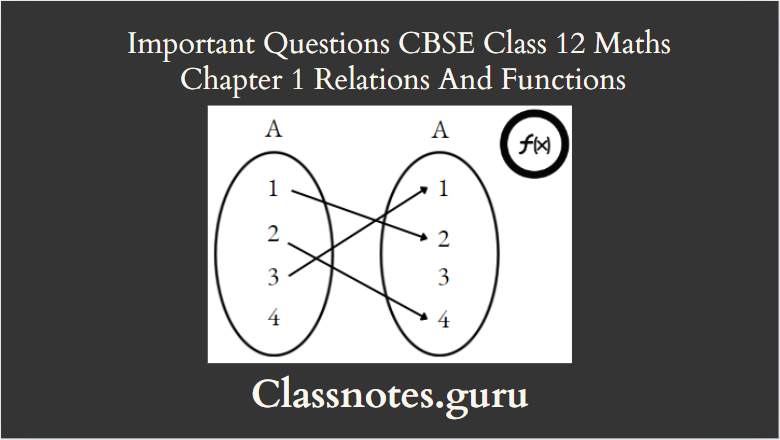
CBSE Class 12 Maths Chapter 1 Important Question 7.
- Check whether the relation R defined on the set {1, 2, 3, 4} as R = {(a, b); b = a + 1} is transitive. Justify your answer. Or
- If the relation R on the set A = {x : 0 ≤ x ≤12} given by R = {(a, b): a = b} is an equivalence relation, then find the set of all elements related to 1.
Solution:
1. Given. R = ((a, b): b = a + 1} defined on the set A = {1, 2, 3, 4}
⇒ R = {(1, 2), (2, 3), (3, 4)}
By definition, for transitive relation, if a R b and b R c ⇒ a R c ∀ a, b, c ∈ A
For 1,2, 3 ∈ A; (1,2) ∈ R and (2, 3) ∈ R but (1, 3) ∉ R
Therefore, R is not transitive.
Aliter: Given; R = {(a, b): b = a + 1} defined on the set A – {1,2, 3,4}
For transitive relation: Let (a, b) ∈ R and (b, c) ∈ R ∀ a, b, c ∈ A
⇒ b = a + 1 and c = b + 1
⇒ c = a + 2
or (a, c) ∉ R
∴ R is not transitive
or
2. The elements in R that are related to 1 will be those elements from set A which are equal to 1.
Hence, the set of elements related to 1 is {1}.
Aliter: Let x ∈ A which is related to 1 by the given relation R = {(a, b): a = b}
x R 1 ⇒ (x, 1) ∈ R ⇒ x = 1
∴ [1] = {1}
Relations And Functions Important Questions For Cbse Class 12
Question 8. The relation R in the set {1.2,3} given by R = {(1, 2), (2, 1), (1, 1)} is:
- Symmetric and transitive, but not reflexive
- Reflexive and symmetric, but not transitive
- Symmetric, but neither reflexive nor transitive
- An equivalence relation
Solution: 3. Symmetric, but neither reflexive nor transitive
Let A= {1,2, 3} and R = {(1, 2), (2, 1), (1, 1)}
R is not reflexive as (2, 2) and (3,3) ∉ R.
R is a symmetric relation as (a, b) ∈ R and (b, a) ∈ R ∀ a, b ∈ A.
R is not a transitive relation because (2, 1) ∈ R and (1,2) ∈ R but (2, 2) ∉ R.
Hence; R is symmetric, but neither reflexive nor transitive.
Question 9. Let A = {1,3, 5}, Then the number of equivalence relations in A containing (1,3) is
- 1
- 2
- 3
- 4
Solution: 2. 2
R1 = {(1, 1), (3, 3), (5, 5), (1, 3), (3, 1)}
and R2 = {(1, 1), (3. 3), (5, 5), (1, 3), (3, 1), (1,5), (5, 1), (3, 5), (5, 3)}
Hence, the number of equivalence relations in A containing (1, 3) is 2.
CBSE Class 12 Maths Chapter 1 Extra Questions
Question 10. Check whether the relation R in the set N of natural numbers given by R = {(a, b): a is divisor of b} is reflexive, symmetric or transitive. Also, determine whether R is an equivalence relation.
Solution:
The relation R in the set N is given by:
R = {(a, b): a is divisor of b}
⇒ aRb => \(\frac{b}{a}\) = K ∈ 1 ∀ a, b ∈ N,
Reflexive; aRa ∀ a∈N (By definition)
aRa ⇒ \(\frac{a}{a}\)= 1 ∈ I which is true.
So, R is reflexive relation.
Symmetric: we have
aRb ⇒ \(\frac{b}{a}\) = K ∈ I ∀ a, b ∈ N
⇒ \(\frac{a}{b}=\frac{1}{K} \notin I\)
⇒ b K a ∀ a, b∈ N
∴ If aRb ⇒ bRa ∀ a, b ∈ N, then R is not a symmetric relation.
Transitive: If aRb ⇒ \(\frac{b}{a}=K_1\) ∈ I ∀ a, b ∈ N ….(1)
bRc ⇒ \(\frac{c}{b}=K_2\) ∈ I ∀ b, c ∈ N ….(2)
from equation (1) and (2) \(\frac{b}{a} \times \frac{c}{b}=K_1 \times K_2 \Rightarrow \frac{c}{a}-\left(K_1 K_2\right) \in I \Rightarrow a R c\)
So, R is a transitive relation
∴ R is reflexive and transitive but not symmetric
R is not an equivalence relation on N.
Question 11. Check whether the relation R defined on the set A = {1, 2, 3, 4, 5, 6} as R = {(a, b): b = a + 1} is reflexive, symmetric, or transitive.
Solution:
Given, R = {(a, b): b = a + 1} is defined on the set A = {1, 2, 3, 4, 5, 6}
⇒ R= {(1, 2), (2, 3), (3, 4), (4, 5), (5, 6)}
Reflexive: By definition, a R a ∀a, b ∈ A
Now, 1 ∈ A but (1, 1) ∉ R.
Therefore, R is not reflexive.
Symmetric: By definition, if a R b ⇒ b R a ∀ a, b ∈ A
For 1,2 ∈ A, It can be observed that (1,2) ∈ R but (2, 1) ∉ R.
Therefore, R is not symmetric.
Transitive: By definition, if a R b and b R c ⇒ a R c ∀ a, b, c ∈ A
For 1,2, 3 ∈ A, (1,2) ∈ R and (2, 3) ∈ R but (1, 3) ∉ R
Therefore, R is not transitive.
Hence, R is neither reflexive nor symmetric nor transitive.
Aliter: Given; R = {(a, b): b = a + 1} defined on the set A = {1,2, 3, 4, 5, 6}
Reflexive: (a, a) ∈ R ∀ a ∈ A
⇒ a = a + 1; which is not true;
∴ R is not reflexive.
Symmetric: Let (a, b) ∈ R ∀ a, b ∈ A
⇒ b = a + 1
⇒ (b, a) ∉ R [a ≠ b + 1]
∴ R is not symmetric
Transitive: Let (a, b) ∈ R and (b, c) ∈ R ∀ a, b, c ∈ A
⇒ b = a + 1 and c = b + 1
⇒ c = a + 2 or (a, c ) ∉ R
∴ R is not transitive.
Hence; R is neither reflexive nor symmetric nor transitive.
Relations And Functions Previous Year Questions Class 12
Question 12. Let A = {x ∈ Z : 0 ≤ x ≤12}. Show that R = {(a, b): a, b ∈ A, |a – b| is divisible by 4} is an equivalence relation. Find the set of all elements related to 1. Also; write the equivalence class [2]. or, Show that the function f: R → R defined by \(f(x)=\frac{x}{x^2+1}\). ∀ x ∈R is neither one-one nor onto.
Solution:
Given, R = {(a, b): a, b ∈ A, |a – b| is divisible by 4}
Reflexive: Let a ∈ A
Now, |a — a| = 0. which is divisible by 4
So, (a, a) ∈ R ∀ a ∈ A
Hence, R is reflexive.
Symmetric: Let a, b ∈ A such that (a, b) ∈ R i.e. |a — b| is divisible by 4.
⇒ |-(b – a)| = |b — a| is also divisible by 4.
Hence; (b, a) ∈ R.
So, R is symmetric.
Transitive: Let a, b, c ∈ A such that (a, b), (b, c) ∈ R
i.e. |a – b| and |b – c| is divisible by 4.
Let \(|\mathrm{a}-\mathrm{b}|=4 \mathrm{k}_1\)
⇒ \(\mathrm{~b}-\mathrm{c}|=4 \mathrm{k}_2\)
⇒ \((\mathrm{a}-\mathrm{b})= \pm 4 \mathrm{k}_1\)….(1)
⇒ \((b-c)= \pm 4 k_2\)….(2)
Adding equations (1) and (2); \((\mathrm{a}-\mathrm{b})+(\mathrm{b}-\mathrm{c})= \pm 4 \mathrm{k}_1 \pm 4 \mathrm{k}_2= \pm 4\left(\mathrm{k}_1+\mathrm{k}_2\right)\)
⇒ a – c is divisible by 4.
⇒ |a – c| is divisible by 4.
Hence; (a, c) ∈ R
So, R is transitive.
Hence; R is an equivalence relation.
Further, let (x, 1) ∈ R ∀ x ∈ A ⇒ |x – 1| is divisible by 4
⇒ x – 1 = 0, 4, 8, 12
⇒ x= 1, 5, 9 [x = 13 ∉ A]
Equivalence class of [1] = {1,5,9}
[The set of all elements related to 1 represents its equivalence class]
Now, we will find the equivalence class of [2]
Let (x, 2) ∈ R ∀ x ∈ A
⇒ |x — 2| = 0, 4, 8, 12
⇒ x = 2, 6, 10 [x = 14 ∉ A]
∴ Equivalence class of [2] = {2, 6, 10}. or,
f : \(R \rightarrow R ; f(x)=\frac{x}{x^2+1}\)
1. One-one function: we have \(\mathrm{f}\left(\mathrm{x}_1\right)=\mathrm{f}\left(\mathrm{x}_2\right), \forall, \mathrm{x}_1, \mathrm{x}_2 \in \mathrm{R}\)
⇒ \(\frac{x_1}{x_1^2+1}=\frac{x_2}{x_2^2+1}\)
⇒ \(x_1 x_2^2+x_1=x_2 x_1^2+x_2 \quad \Rightarrow\left(x_1 x_2^2-x_2 x_1^2\right)+\left(x_1-x_2\right)=0\)
⇒ \(x_1 x_2\left(x_2-x_1\right)+\left(x_1-x_2\right)=0 \Rightarrow\left(x_1-x_2\right)\left(-x_1 x_2+1\right)=0\)
⇒ \(x_1=x_2 \text { and } x_1 x_2=1 \text { or } x_1=\frac{1}{x_2}\)
One-one function Example: Let \(\mathrm{x}_1=2 \in \mathrm{R} ; \mathrm{x}_2=1 / 2 \in \mathrm{R}\)
Then, \(f\left(x_1\right)=f(2)=2 / 5\) and \(f\left(x_2\right)=f(1 / 2)=2 / 5\)
⇒ latex]x_1 \neq x_2[/latex] but \(f\left(x_1\right)=f\left(x_2\right)\)
∴ f is not a one-on-one function
2. Onto function: Let y = f(x)
⇒ y = \(\frac{x}{x^2+1} \Rightarrow x^2 y-x+y=0\)
⇒ x = \(\frac{1 \pm \sqrt{1-4 y^2}}{2 y} \in R \text { if } 1-4 y^2 \geq 0 \text { and } y \neq 0\)
⇒ \(4 y^2-1 \leq 0 \text { or }(2 y+1)(2 y-1) \leq 0\)
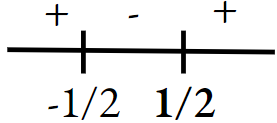
⇒ \(x \in\left[-\frac{1}{2}, 0\right) \cup\left(0, \frac{1}{2}\right]\)
Thus, every element of the Co-domain does not have its pre-image in the domain.
Hence, f: R → R is not onto.
∴ f is neither one-one nor onto.

